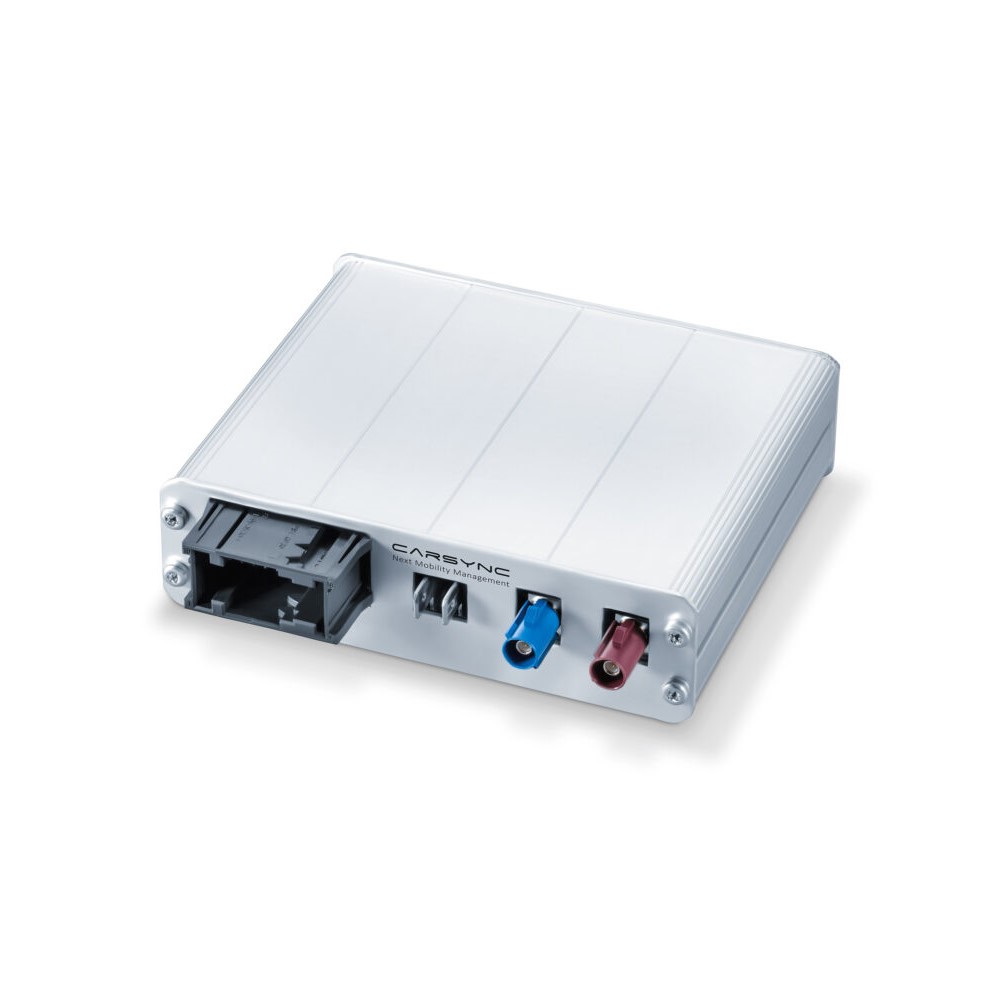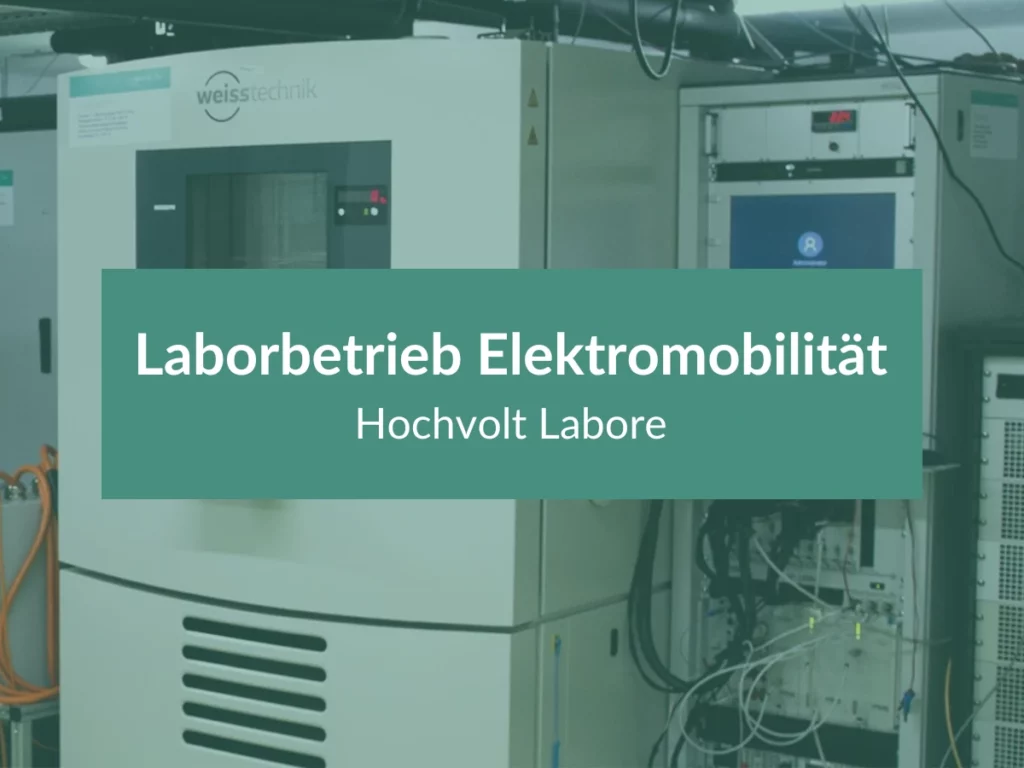Temperature Change Testing for Electronic Components
VISPIRON SYSTEMS provides the infrastructure for the test services of the high-voltage laboratory. A customer from the mobility service sector wants its electronic components tested for their temperature resistance. The aim during the customer project temperature change testing for electronic components is the avoidance of component failure due to extreme temperatures in summer or winter.
1. Initial Situation - CARSYNC
CARSYNC is Germany’s leading independent provider of fleet management, vehicle, and fleet digitization as well as corporate mobility. Under the CARSYNC umbrella brand, it delivers customer-tailored solutions and services to operate vehicles individually or in fleets in a climate-neutral, efficient, and demand-actuated manner. The company offers a comprehensive all-in-one range, including the Single Driver App (Digital Logbook), as well as the Electronic Logbook including an OBD connector for company and company cars. CARSYNC’s B2B product portfolio includes Digital Vehicle Handling, Key Management, Driver’s License Control, Service and Damage Management, Leasing Vehicle Handling, Legally Compliant Driving Documentation and Accounting Systems adapted to the requirements of tax offices CARSYNC helps companies to optimise their insurance landscape and reduce their owner liability risk. The demand for data protection and the observance of employee privacy is being fulfilled at all times.

2. Challenge – Stress on Electronics
The printed circuit board for the electric logbook installed in the vehicle remains permanently in place and hence is also exposed to a wide variety of (more or less extreme) weather conditions. The electronics must meet the requirements and function faultlessly during the entire service life at temperatures below freezing point, but also at temperatures above 60° Celsius. This ensures that the logbook can be used both in winter and in midsummer without any restrictions.
3. Procedure – High-Voltage Laboratory
The procedure for the tests was determined based on temperature change testing. The lower operating limit of the electronic logbook is approx. -45° Celsius; the upper operating limit is +85° Celsius. With the facility of the chambers and the technical equipment of the high-voltage laboratory of VISPIRON SYSTEMS, the temperature change test could be simulated. The electronics and the environment of the electrical logbook were gradually cooled down from the ambient temperature (25°C) to the lower operating limit. Upon reaching the lower operating limit, the electronics had to dwell at this temperature for a specified operating time (while observing the functionality of the logbook). After the dwell time in the low-temperature range, the environment with the logbook was gradually heated to the upper operating limit. After a certain dwell time in the upper-temperature range (while observing the functionality), the environment was then cooled back to its ambient temperature.
4. Conclusion - Significant Results
The temperature change test in the VISPIRON SYSTEMS high-voltage laboratory has enabled CARSYNC to cover a large test range with different temperatures. Without the use of the climatic chambers, these tests could not have been carried out independently or only at the cost of a great deal of effort. The intensive test of the electronics of the electric logbook in the climate chamber enables CARSYNC to access significant results about the functionality in the temperature limit range.

